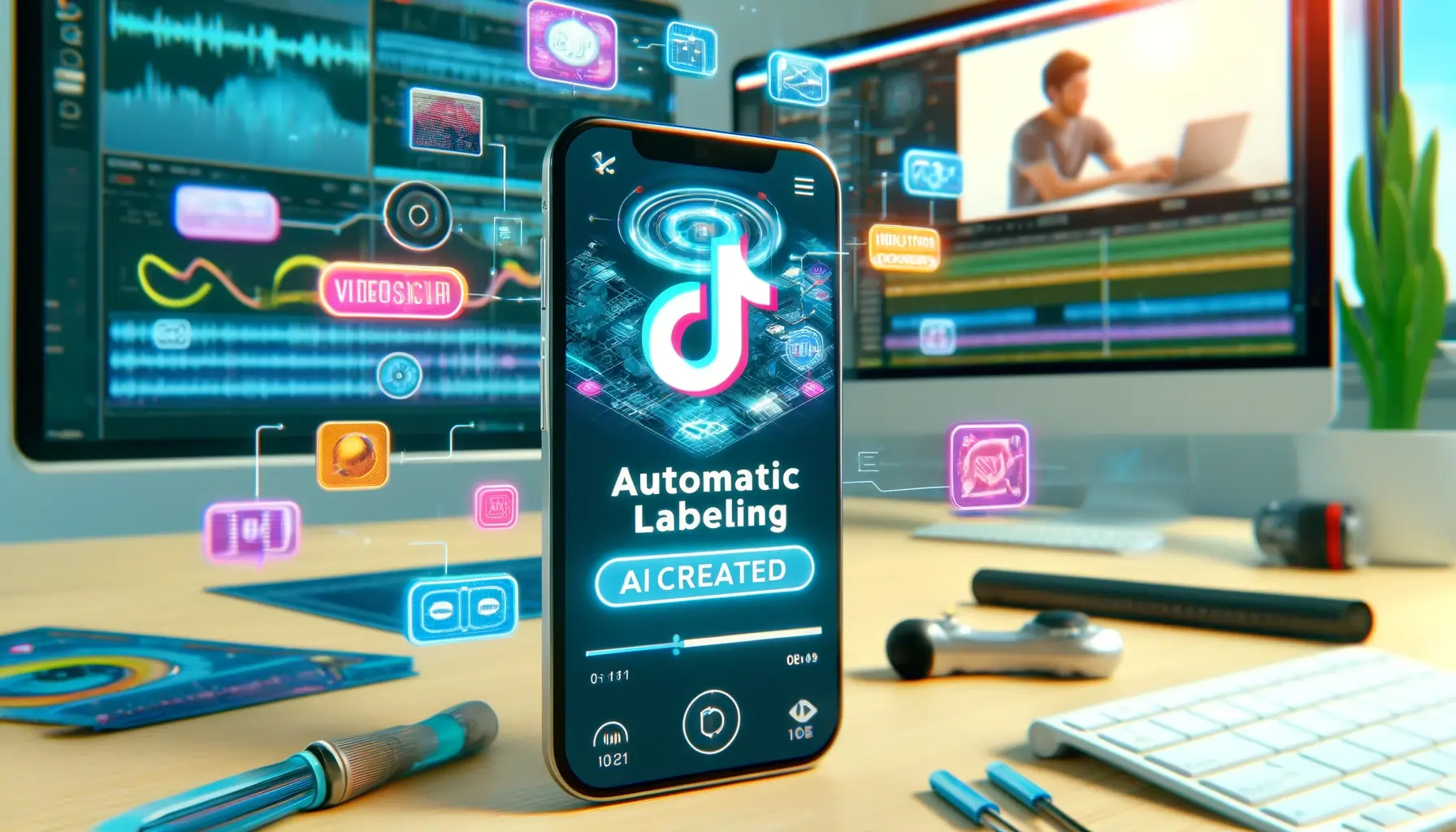TikTok takes a proactive step in assuring AI authenticity on its platform by automatically labeling AI-generated content using new Content Credentials technology.
New Measures for AI-Generated Content
TikTok, the popular social media platform known for creating and sharing short-form videos, announced it will begin automatically labeling AI-generated content (AIGC) when it is uploaded to the platform. On May 9, TikTok revealed its partnership with the Coalition for Content Provenance and Authenticity (C2PA), making it the first media-sharing platform to implement C2PA’s Content Credentials technology.
TikTok has required content creators to label realistic AIGC for over a year, including content made with its own TikTok AI effects. However, the recent development takes a significant step forward by implementing auto-labeling on AI-generated content created using other platforms. This will be achieved through Content Credentials technology, which attaches metadata to content, allowing the platform to instantly recognize and label AIGC.
Gradual Implementation and Future Plans
The increase in auto-labeled AIGC on TikTok will be “gradual at first.” As soon as Content Credential is implemented on other platforms to metadata, it will be able to label more content. For the time being, the feature will only be available for images and videos, with the intention of bringing it to audio content in the near future.
Additionally, TikTok has joined the Content Authenticity Initiative, led by Adobe. Dana Roa, general counsel and chief trust officer at Adobe, stated, “At a time when any digital content can be altered, it is essential to provide ways for the public to discern what is true.”
Enhancing Media Literacy
Alongside AI labeling, TikTok will roll out media literacy resources developed with MediaWise and Witness. The platform plans to release 12 videos throughout the year, highlighting universal media literacy skills and explaining how TikTok tools like AIGC labels can further contextualize content.
This initiative comes as AI technology continues to advance, creating more realistic content and increasing the prevalence of AI-generated deepfakes. For example, on May 8, authorities in Hong Kong discovered an unlicensed, fraudulent cryptocurrency exchange that faked a connection with Elon Musk, using AI-generated videos and images of Musk on its website and social media accounts.
Addressing AI-Related Concerns
The rise of deepfakes and other AI-generated content has raised significant concerns. Warren Buffett, co-founder of Berkshire Hathaway, recently compared the impact of AI on illicit financial activities to the advent of atomic bombs and nuclear weaponry. This statement followed the creation of a deepfake mimicking Buffett’s appearance, movements, and speech realistically.
By taking these steps, TikTok aims to ensure a higher level of content authenticity and provide users with tools to better understand and evaluate the media they consume. This proactive approach is crucial in an era where digital content can easily be altered, enhancing trust and transparency on the platform.

